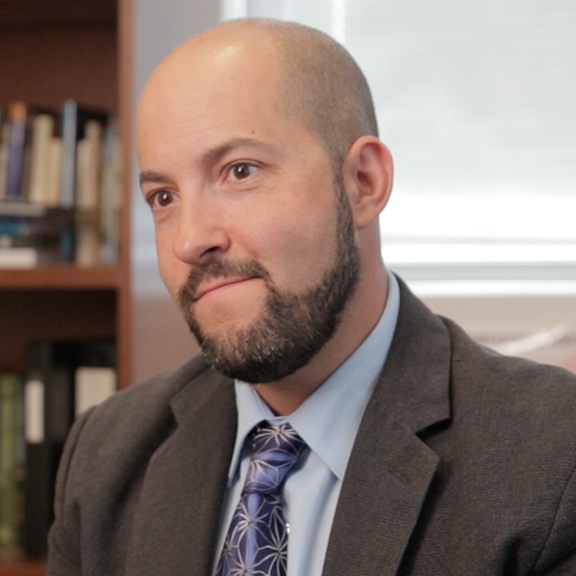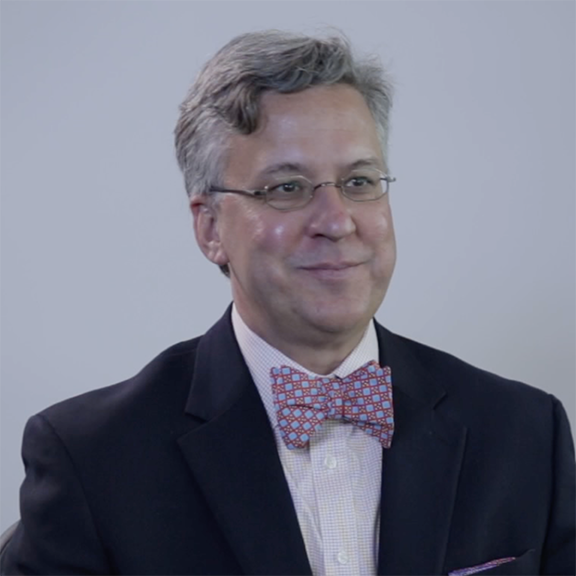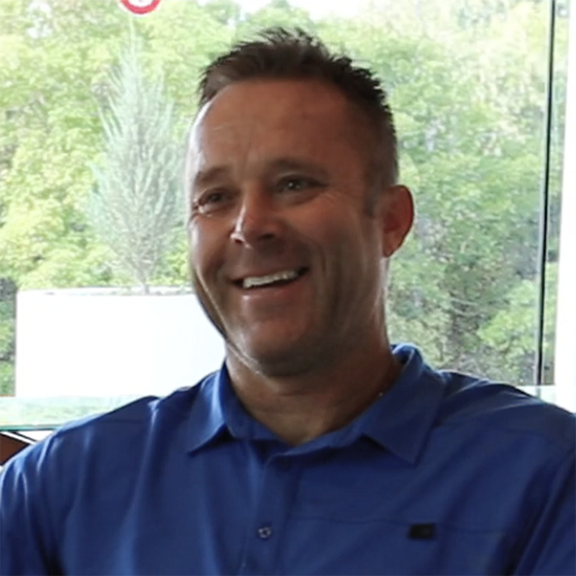Learn more about the experts in the videos on this page.
Experts

Eric Garland, PhD, LCSW
Associate Dean for Research, College of Social Work
Distinguished Endowed Chair and Professor of Social Work
Director, Center on Mindfulness and Integrative Health Intervention Development
University of Utah
Dr. Garland’s work focuses on developing novel therapies to address treatment for addiction, stress, chronic pain, and other conditions.

Adam Gordon, MD, MPH
Professor of Medicine and Psychiatry, University of Utah School of Medicine
Chief of Addiction Medicine, Salt Lake City VA Healthcare System
Director, PARCKA (Program for Addiction Research, Clinical Care, Knowledge, and Advocacy)
Dr. Gordon is a physician and researcher with over 20 years of experience helping patients access high-quality care for their addictive disorders.

Glen Hanson, DDS, PhD
Professor of Pharmacology
Vice Dean, School of Dentistry
University of Utah
Dr. Hanson is an expert on how drugs affect areas of the brain involved in addiction, goal seeking, and compulsive behavior. From 2001 to 2003 he served as interim director of the National Institute of Drug Abuse.

Peter Sadler
Program Manager, Utah Naloxone
Retired after a long career in law enforcement, Mr. Sadler now teaches about the benefits of naloxone and works to provide the drug to those who can make a difference.